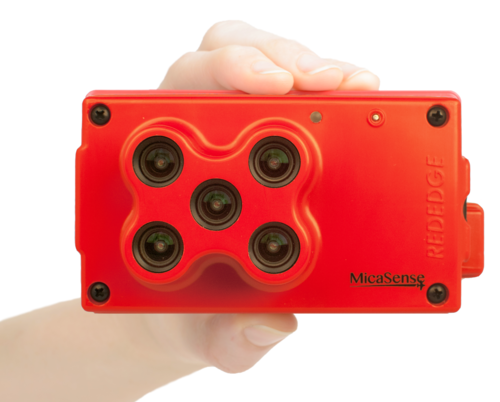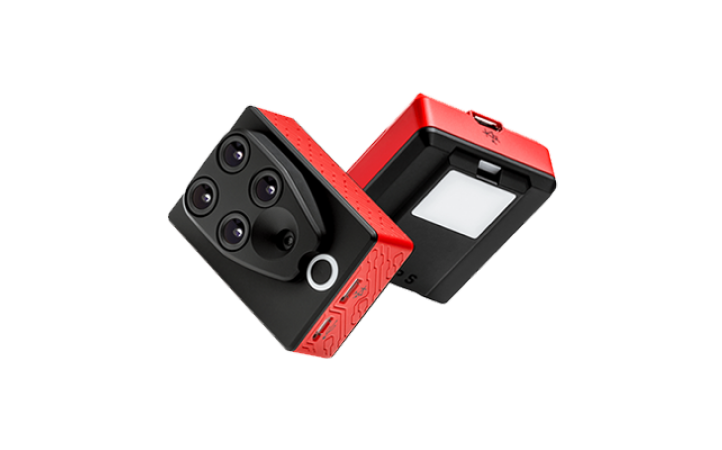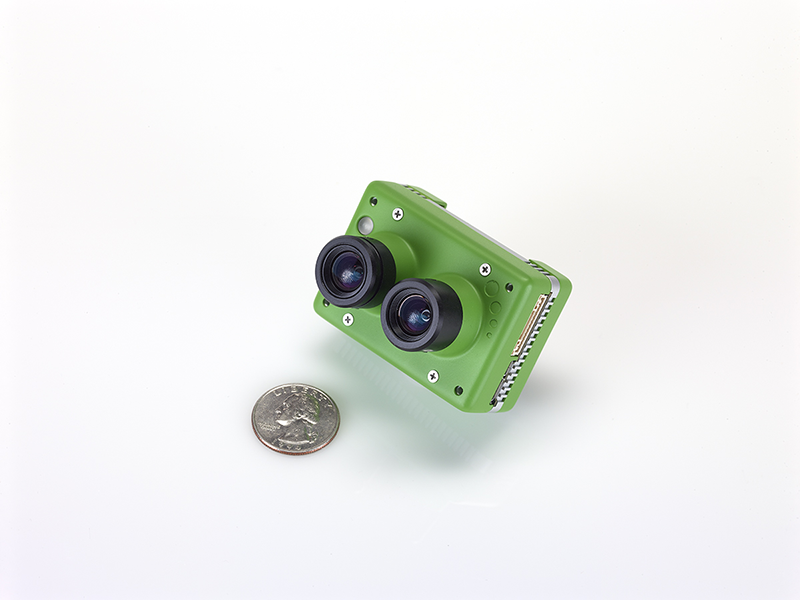The next agricultural revolution is here: drones equipped with high-tech sensors are becoming the new tool of preference for farmers around the globe.
Although the sector is highly automated today, we all know that agricultural producers (unlike other industries) don’t crave for fancy toys and new gadgets. Being in the field and working hard all day, what you need is technology that helps you get results: increase yields and decrease inputs while effectively preventing pests and crop diseases.
Like any innovative technology in the traditional agricultural sector, drones are taking their time to become widely spread, as farmers need proof before they invest. However, the ROI for drones in agriculture is compelling and farms of any size are starting to take advantage of the UAV technology.
There are many precision agriculture applications, the most seducing being to detect weeds, pests, fungi and crop infestation earlier, faster and cheaper than traditional crop scouting.
To assess the health of crops from the sky, you need a:
-
drone
-
camera sensor
-
post processing software that turns the images captured by the camera into crop health maps
The types of crop analysis you can do depend on the functions of your camera.
You can check here how you can apply the Visible Atmospherically Resistant Index (VARI) to images and video captured with a standard camera.
To spot problems before the human eye can see them, you need a camera sensor able to register wavelengths that are invisible to the human eye such as the near infrared (NIR) spectral band.
As this technology is becoming more and more popular, lots of different manufacturers offer professional cameras specifically designed to be carried by drones and to capture quality data.
In this blog post, we want to give a general overview of the top 3 NIR sensors available on the market today.
Please note that we are not affiliated with any camera provider and thus we’ll not make any specific purchase recommendations. AgroHelper is an independent software provider and as such we are interested in learning and sharing knowledge to help farmers and drone operators get the most of their data. If you already used any of the cameras mentioned in this blog post or have a recommendation for other NIR drone sensors, we’ll be happy to hear from you in the comments.
Without further ado, here are the top 3 high-end near-infrared cameras for drones in agriculture:
1. MicaSense RedEdgeTM
RedEdgeTM is an advanced multispectral camera specially designed for small unmanned aircraft systems. It’s a rugged, built-to-last, professional multispectral sensor that captures specific wavebands needed for accurate plant health analysis. With various integration options, it’s also one of the most flexible solutions on the market. Additionally, it has optimized GSD, a low power requirement, and a global shutter for distortion-free images.

Specifications:
- Weight: 150 g (5.3 oz)
- Dimensions: 12.1 cm x 6.6 cm x 4.6 cm (4.8 in x 2.6 in x 1.8 in)
- External Power: 5.0 V DC, 4 W nominal
- Spectral Bands: Blue, green, red, red edge, near IR (narrowband)
- Ground Sample Distance: 8 cm per pixel (per band) at 120 m (~400 ft) AGL
- Capture Rate: 1 capture per second (all bands), 12-bit RAW
- Interface: Serial, Ethernet, GPS
- Field of View: 47.2 º HFOV
Price: $5195
2. Parrot Sequoia:
The Parrot Sequoia multispectral sensor is offering a comprehensive, adaptable solution that is compatible with most types of drones. With its two sensors, multispectral and sunshine, Sequoia analyses plants’ vitality by capturing the amount of light they absorb and reflect.

Specifications:
Body
- 4 spectral cameras 1.2 Mpx 10 bits Global shutter: Green, Red, Red-edge and NIR
- Up to 1 FPS
- RGB Camera 16 Mpx; Rolling shutter
- Configuration over Wi-Fi
- IMU + Magnetometer
- 64 GB
- 5W (~12W peak)
- 72g
Sunshine sensor
- 4 spectral sensors with the same filters as the body
- GPS
- IMU + Magnetometer
- SD card
- 1W
- 35 g
Price: $3500
3. The Sentera Double 4k
The Sentera Double 4K is a small, fully customizable twin-imager sensor that is universally compatible with any UAV. Fitting in the footprint of a GoPro® HERO 4, the rugged, high-throughput Double 4K Sensor is designed for use in harsh environments with configuration options that make it ideal for use in agriculture

Specifications:
- Sensors 12.3MP BSI CMOS RGB 12.3MP BSI CMOS RG+NIR — NDVI Capable; ERS correction ;Sony Exmor R™ IMX377
- Sensor Size 2.32” x 1.61” x 1.75” (59mm x 40.9mm x 44.5mm); Fits the GoPro® Hero4 footprint
- Weight 80 grams
- Power 8W typical / 12W maximum
- Image format JPEG, TIFF, RAW
- Data capture 12.3MP Stills 4K Ultra HD video @ 30fps 1080p/720p Video; H.264 encoding
- Field of view 4K image/video ranges 15° — 60° HFOV 1080p ranges 7.5° — 60° HFOV
- Interfaces Ethernet, Serial/UART. USB 3.0, I2C, GPIO; Web-based camera configuration; Pushbutton control for single photo and mode select
- Control Open ICD for triggering and metadata logging over serial or IP, compatible with: Lockheed Martin Kestrel™ autopilot; PIXHAWK™ autopilot; MAVLink™ based systems; Customized ICD options available
- Storage 64GB SD card, standard and removable
Price: $4.299
As you noticed these are high-end expensive cameras. However, many industry experts argue that the job can be done with less investment by using a normal camera such as the Go Pro Hero modified to capture near infrared wavelengths.
Let us know what you think? What camera are you using? Do you have any recommendations for affordable yet effective solutions?
Would you like to try your camera with our cutting-edge software?

